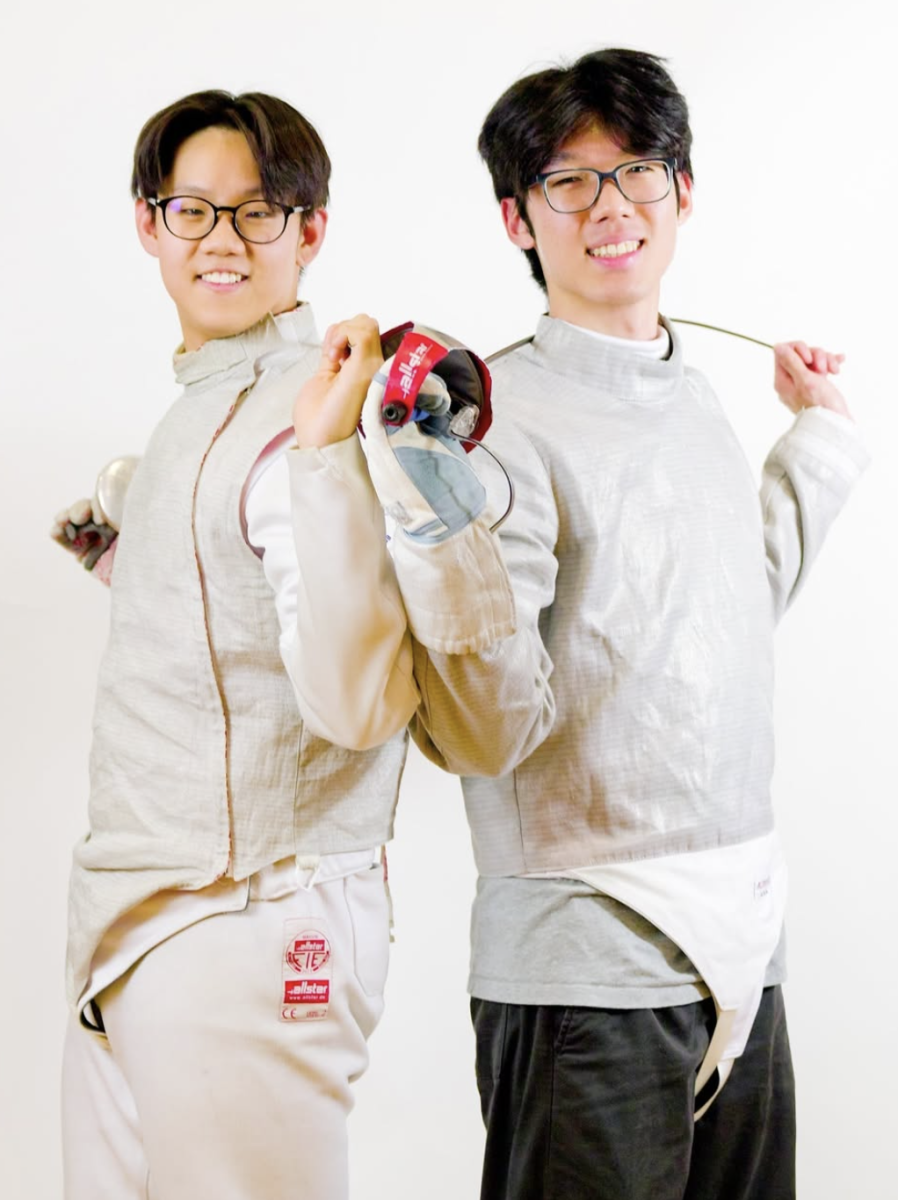
By Gabe Lefkowitz
The captain faced the bow. As his forty-seven-foot boat raced around Long Island, he could feel the weight of the trophy in his hands. At last, his boat glided through the finish line: first place. For a fifteen-year-old racing against adults, the victory was momentous.
Josh Prisamt’s sailng career started long before he won the Around Long Island Regatta. As a toddler in his bouncy chair, Prisamt watched his father sail the family boat. By five, Prisamt, coached by his father, started helping on deck. By nine, he could control his family’s twenty-eight-foot sailboat. By thirteen, Prisamt began to pursue sailing with a passion. He obtained a sponsorship from Wind Mark Sailing Foundation, who paid for his training at an Olympic training facility. He gained access to forty- to sixty-five-foot racing yachts, mainly used for ocean racing.
Now a senior, Josh Prisamt is addicted to victory. He is an extremely successful sailor and a 2020 Olympic hopeful.
In addition to ocean races, Prisamt also competes in match races, where two boats with bumpers go head to head in a race that requires extreme intensity. Prisamt races Olympians and sailors who have competed in the America’s Cup, a race featuring the most elite sailors in the United States. Prisamt said, “During races it gets pretty nasty with yelling and sometimes crashes.”

Last year, coached by a two-time Russian Olympian, Prisamt started captaining a boat called the 470. In order to get to the Olympics, Prisamt and his crew must sail in World Cup events all over the world and finish in a top spot to get an invitation. Only six boats will have the privilege of competing in the Olympics.
At the end of January, Prisamt competed in the North American Championship, where he raced against teams from Italy, Austria, Greece, and Japan. This was his first stop for the 2017 World Circuit.
Sailing is more than just pulling a rope. The team can never sail directly upwind, so they have to constantly adjust the angle of the sail. On most boats, Prisamt controls steering and adjusts the main sail.
Unbeknownst to many, sailing is a very dangerous sport. Prisamt said, “One mistake and it could result in amputation or even death. People get their fingers caught in the sail and have gotten them taken off.”
Prisamt will stick with sailing because for him, the benefits far outweigh the risks. He said, “Once you’re on the water, the wind starts to blow all troubles you had on shore behind.”







